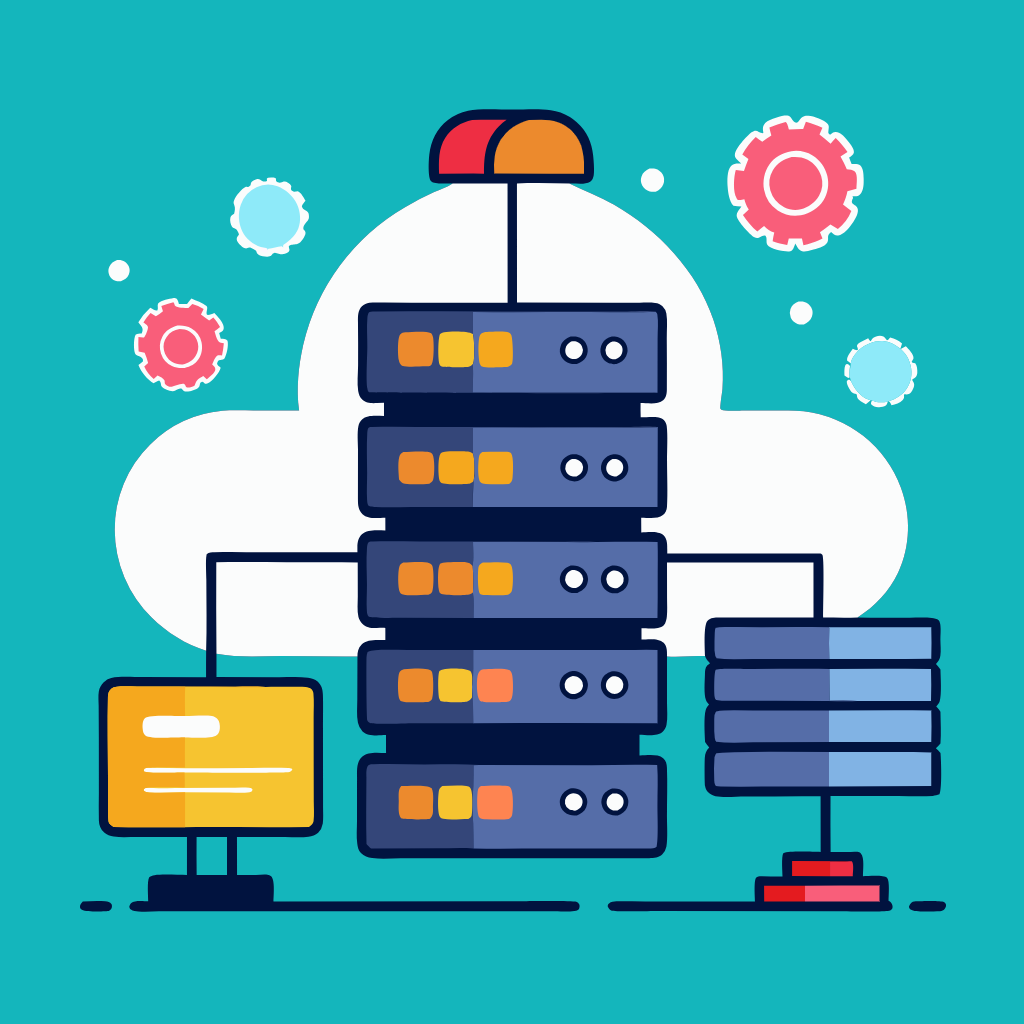Introduction to Personalized Healthcare: Personalized healthcare is about tailoring medical treatment to individual patients. This approach focuses on understanding each person’s unique health needs instead of using the same treatment for everyone.
Challenges with Fragmented Health Data: Healthcare data is often fragmented, meaning it is stored in separate places and systems. This makes it difficult for doctors and other healthcare professionals to get a complete picture of a patient’s health. For personalized healthcare to work, there needs to be a system that allows seamless sharing of data among all healthcare stakeholders, including doctors, hospitals, insurance companies, and the patients themselves.
Importance of Data Integration: For effective personalized healthcare, data must be collected from various sources:
- Clinical Data: Medical records and test results.
- Patient-Reported Data: Information patients share about their experiences and symptoms, often through apps or social media.
Combining these data sources helps provide a complete and accurate understanding of a patient’s health, leading to better, more personalized treatment plans.
Why Personalized Treatment Matters: Imagine a 20-year-old Asian male and a 75-year-old European female receiving the same treatment. Despite their differences in age, ethnicity, and health conditions, they are treated the same way. This one-size-fits-all approach is not effective. Personalized healthcare ensures treatments are tailored to meet the specific needs of each patient, leading to better health outcomes.
Case Study – Hidradenitis Suppurativa (HS): A study in Germany on a skin condition called Hidradenitis Suppurativa (HS) showed differences between what patients reported on social media and what was recorded in traditional health records. This highlights the importance of integrating data from different sources to get a full picture of a patient’s condition.
Strategies to Overcome Data Fragmentation:
- Interoperable Systems: Create systems that allow easy sharing of data among all healthcare stakeholders.
- Stakeholder Incentives: Encourage all parties in the healthcare system to share data by offering benefits such as financial rewards or time-saving technologies.
- Data Governance Frameworks: Develop rules and systems to protect patient privacy and ensure ethical use of data.
- Patient Empowerment: Give patients control over their own data, making them active participants in their healthcare.
Benefits of Integrated Data: When different types of health data are combined, it leads to:
- Accurate Patient Profiles: Better understanding of patient conditions.
- Early Detection: Identifying health issues early on.
- Proactive Interventions: Taking preventive measures to avoid health problems.
Future Vision for Healthcare: The future of healthcare involves creating a detailed and personalized health profile for each patient. This requires collaboration between various healthcare providers and the use of advanced technology to integrate different types of data. Transparent data sharing and patient trust are crucial for this vision to become a reality.
Conclusion: To move from a generic approach to a personalized one, healthcare stakeholders must work together, using integrated data to tailor treatments to each patient. This collaboration will lead to more efficient and effective healthcare, ultimately improving patient outcomes and shaping a healthier future.
Discover more from Susiloharjo
Subscribe to get the latest posts sent to your email.





